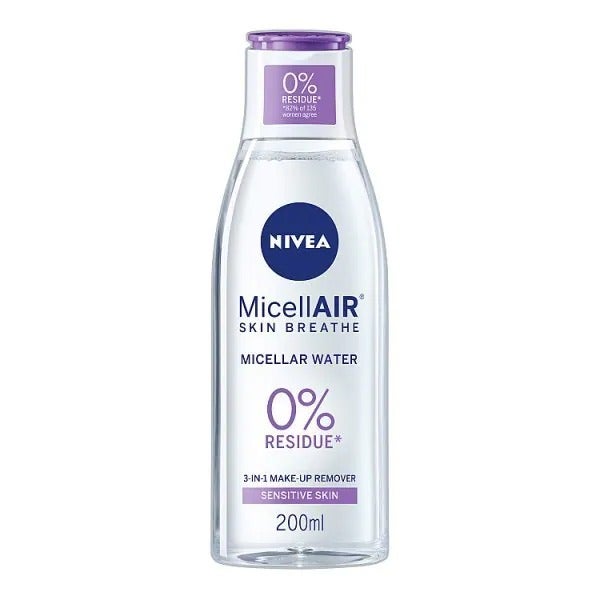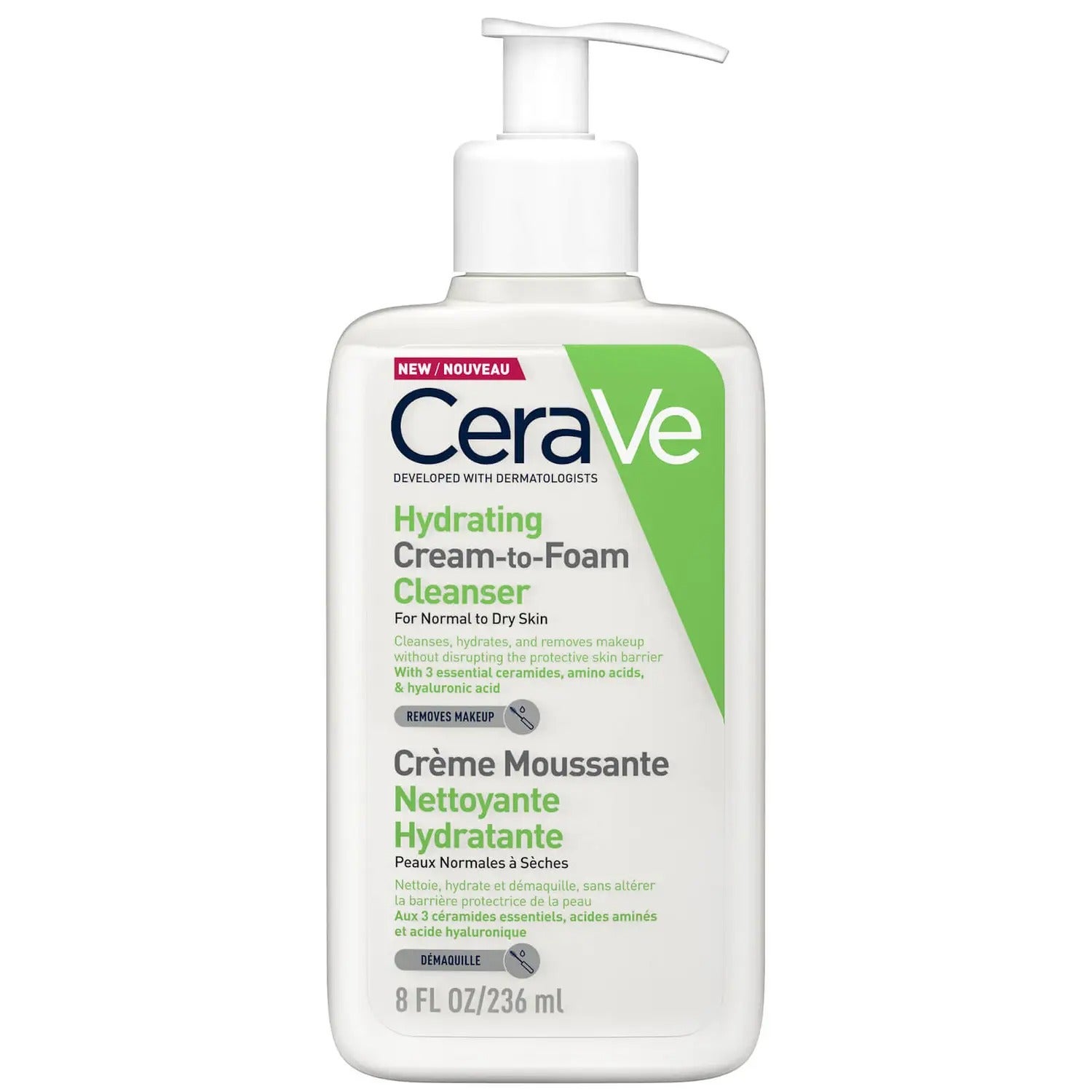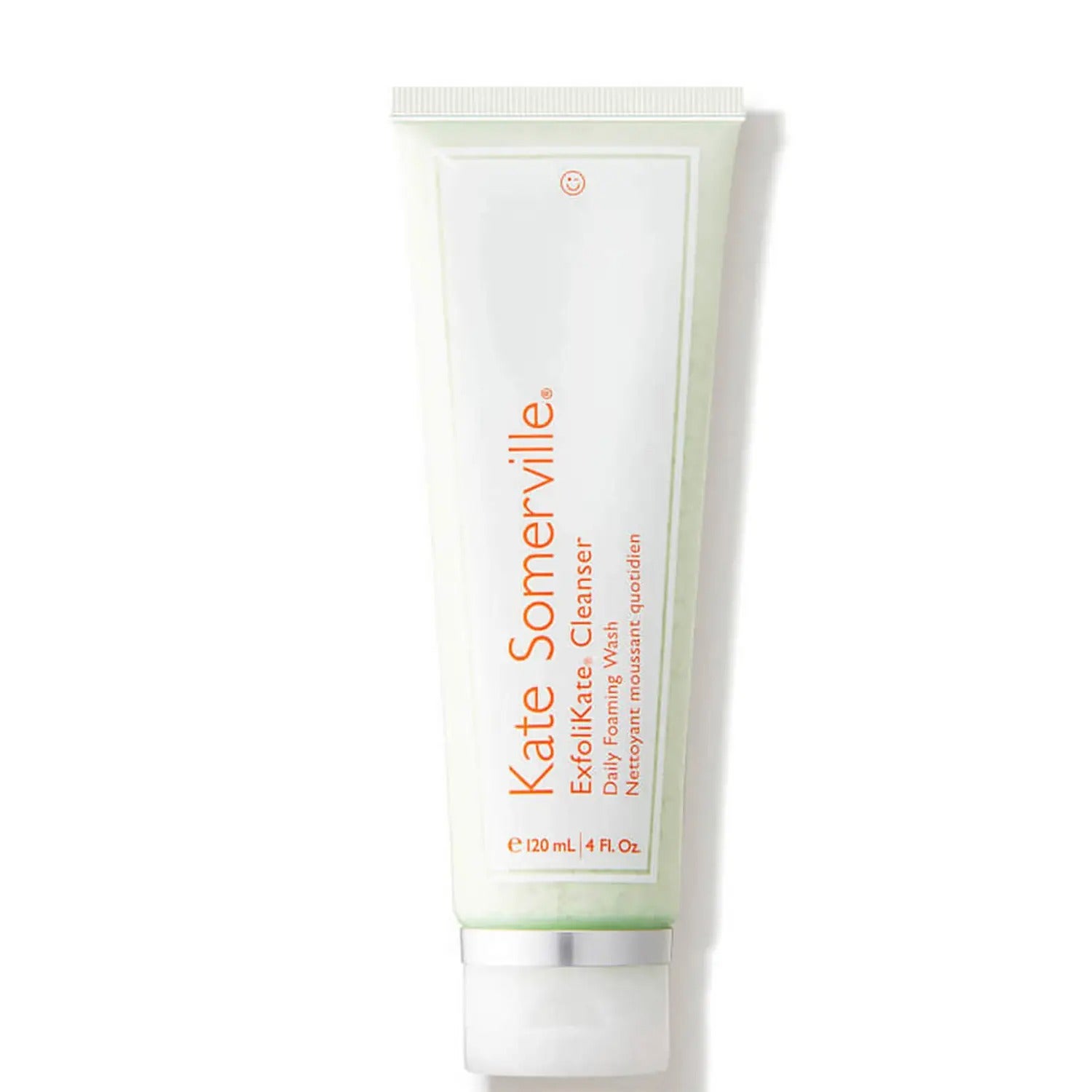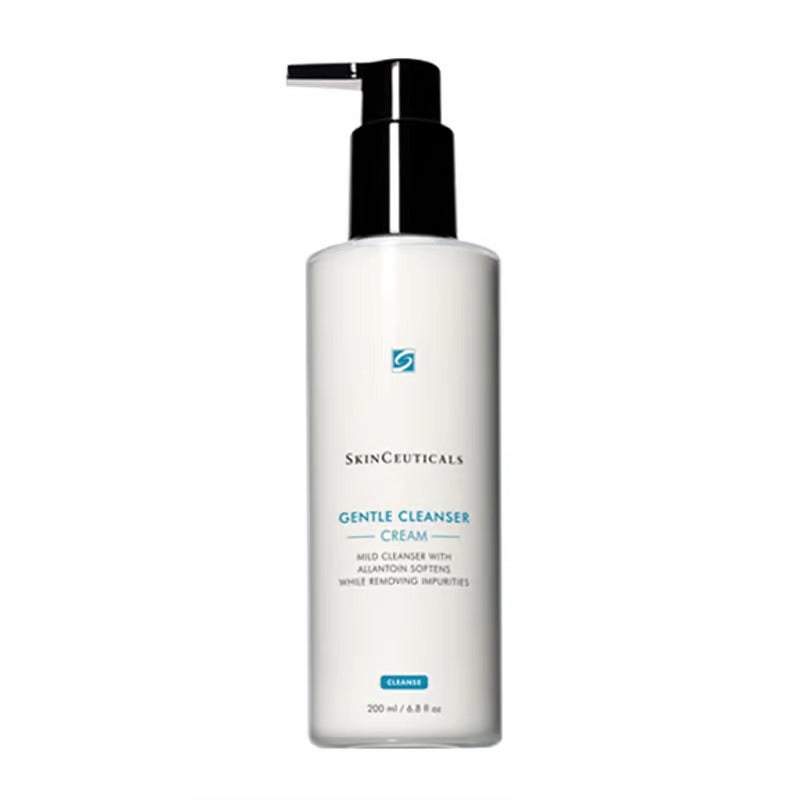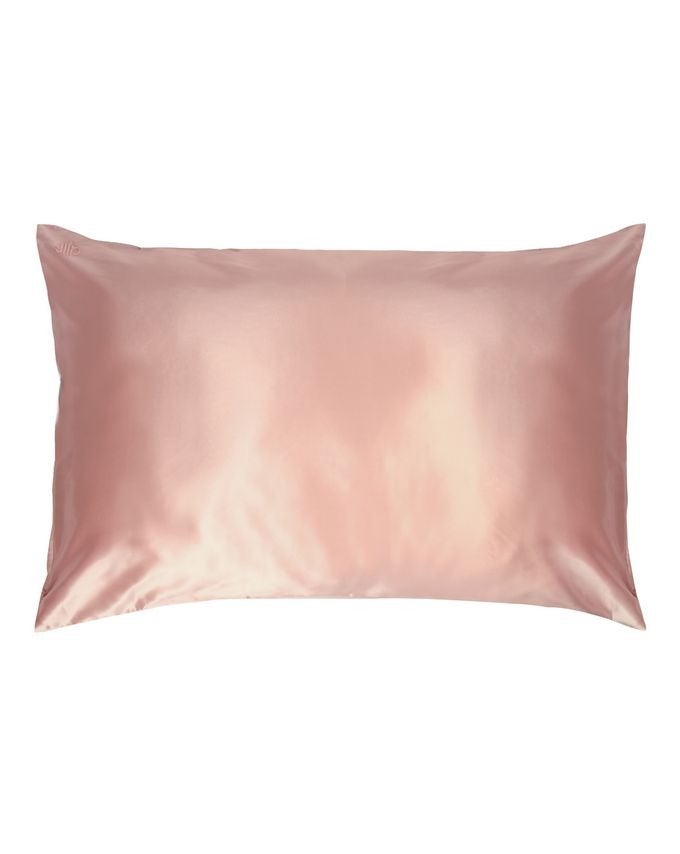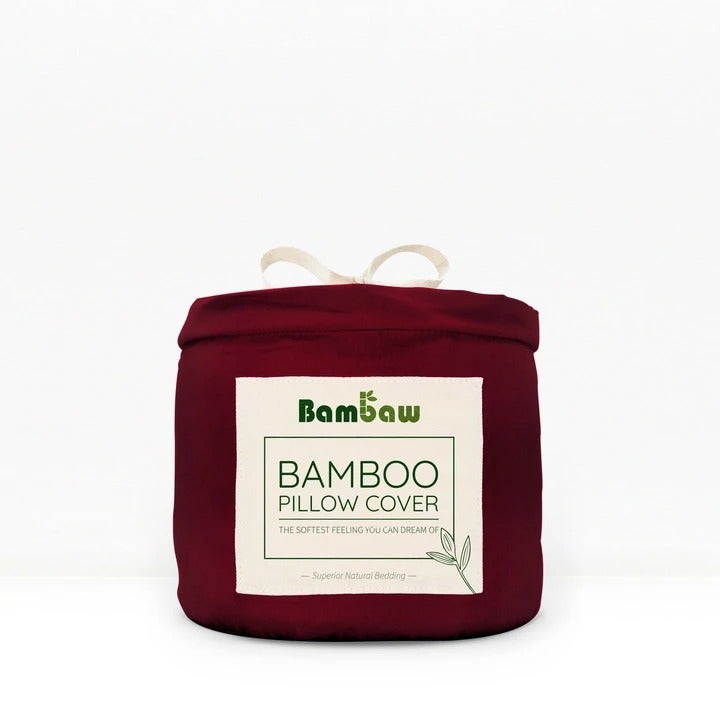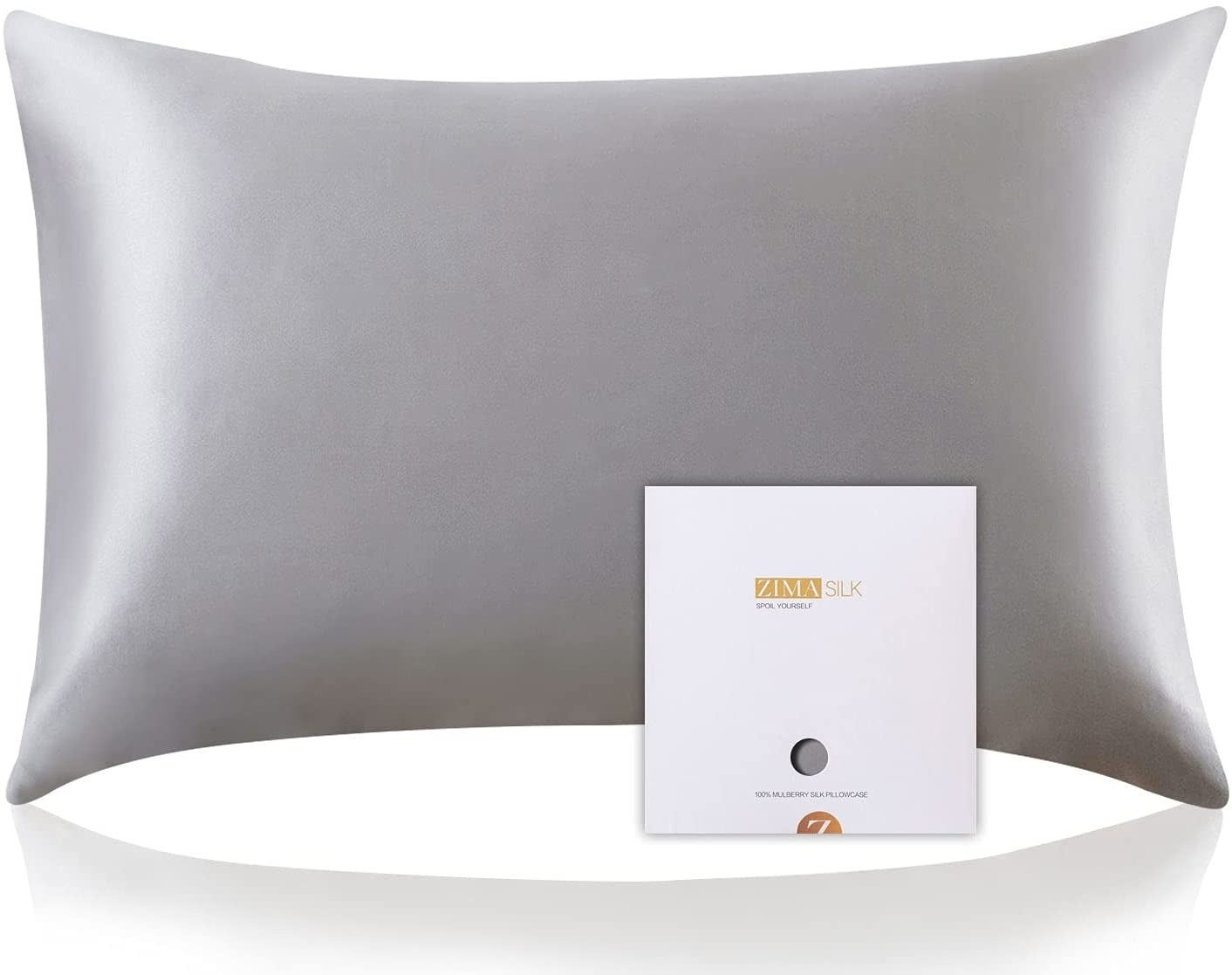This Is How Often You Need To Change Your Pillowcases For Clear Skin
Photographed by Anna Jay.
Over the past few years, we've pretty much all become fastidious about being clean. From never leaving the house without a bottle of hand sanitiser to disinfecting our mobile phones after a night out, even those who previously weren't that bothered about bacteria are on board. Are your hands really spotless unless you sang "Happy Birthday" all the way through?
If you're a skincare obsessive, you've probably amped up your beauty hygiene habits, too. You might wash your makeup brushes a lot more often, have switched your trusty tub of lip balm to a more sanitary tube version and remember to change your towels more regularly. But what about your pillowcase?
AdvertisementADVERTISEMENT
As a longtime adult acne sufferer, I've tried more or less everything to keep my breakouts at bay. I've previously taken medication (such as Spironolactone for hormonal spots), used prescription strength skincare like Differin and stripped my beauty routine of pore-clogging ingredients like oils. While I think I've finally found the perfect routine (a gentle cleanser for AM and PM, vitamin C serum and oil-free SPF in the morning, then a good retinol at night), I can't help but think that changing my pillowcase every other evening has contributed to the incredible difference in my skin.
It started as an experiment. For some reason, one side of my face seemed to be peppered with more spots compared to the other. No dermatologist could give me a straight answer and I assumed it could have something to do with sleeping on that side. Since switching up my pillowcase much more regularly, I no longer get those concentrated breakouts. So is it really worth being scrupulously clean when it comes to your bedding?
"Our skin is our biggest organ," says Oksana-Georgia M, skin expert and senior practitioner at Skin+IQ clinic. "Maintaining skin hygiene is vital if we want to have good skin health and to avoid breakouts." It makes sense. Oksana-Georgia explains that each night, any dirt or makeup that hasn't been properly removed will make its way onto a pillow and remain there until the pillowcase is washed. "I'd certainly recommend changing your pillowcase at least two to three times a week," she says. "This will help prevent breakouts and congested skin." It's not just your pillowcase, though, as experts recommend replacing your pillow every one to two years. Oksana-Georgia suggests giving it a refresh (whether washing or replacing it) every six months if you're really meticulous about your skin health.
AdvertisementADVERTISEMENT
Consultant dermatologist Dr Alexis Granite stresses the importance of washing your skin twice a day — once in the morning (perhaps using a gentle, cream-based cleanser) as well as in the evening (you might want to look to a gel-based cleanser). "Day-to-day activities such as holding a mobile phone to our ear, commuting to and from work, or simply touching our face can all lead to a buildup of bacteria on skin," adds Oksana-Georgia. "If we don't thoroughly clean our skin, it can lead to an overload of dead skin cells, dirt, and microbes, which can ultimately lead to bacterial infections and breakouts. Keeping your pillowcase clean and ensuring you double cleanse each night will help your skin to create a productive barrier function."
Double cleansing doesn't have to mean two washes. You could remove your makeup, skincare and SPF with a micellar water and then go in with a proper, water-based cleanse. This is much less likely to strip your skin and cause dryness. At this time of year especially, you'd be forgiven for accidentally falling asleep in your makeup. Oksana-Georgia explains that if you miss one night, it pays to wash your pillowcase before sleeping on it again. The detergent you use is worth noting, too. "Use gentle laundry products so you are not exposing your skin to synthetic fragrances," advises Oksana-Georgia. Lots of skin types may tolerate fragrance perfectly well but others can be a little sensitive to it.
AdvertisementADVERTISEMENT
So you're changing your pillowcase more often but does the material make a difference? While there isn't much research into whether fabric like silk is better than cotton, Oksana-Georgia has a clear favourite. "Silk pillowcases have a smoother surface, which means less tugging on the skin," she says. "They are also gentler on sensitive skin," so might prove to be a better option for acne and blemish-prone complexions. What's more, silk is known to be hypoallergenic (less likely to cause an allergic reaction), if that's important to you. The pro also suggests trying a bamboo-blend pillowcase, which she says is super soft on skin. Of course, the type of bedding you choose is all down to personal preference, but the expert consensus is simply to make sure you're cleansing thoroughly in the evening and not leaving it too long to change your pillowcase. Your skin will thank you for it.
Refinery29's selection is purely editorial and independently chosen – we only feature items we love! As part of our business model we do work with affiliates; if you directly purchase something from a link on this article, we may earn a small amount of commission. Transparency is important to us at Refinery29, if you have any questions please reach out to us.
AdvertisementADVERTISEMENT







